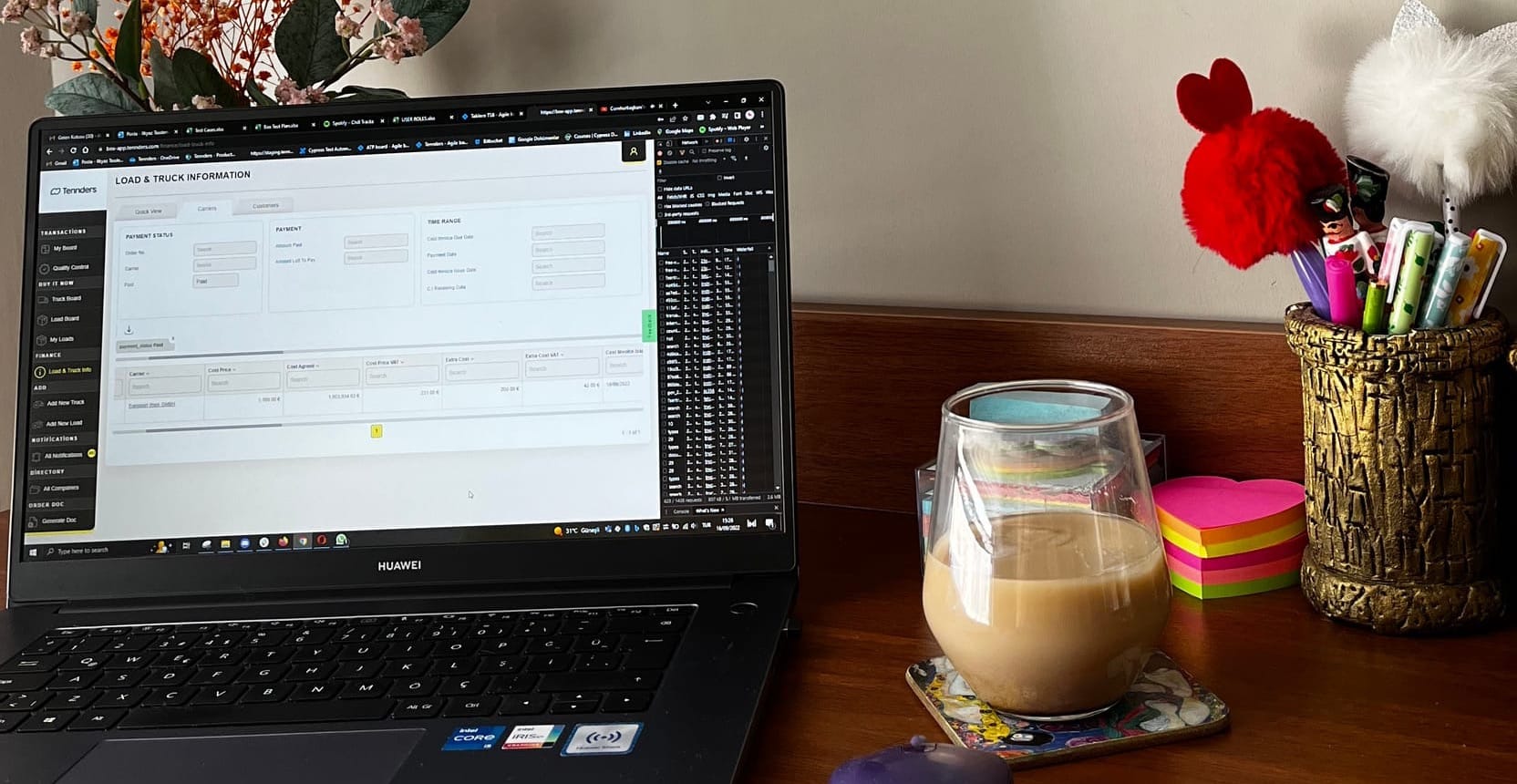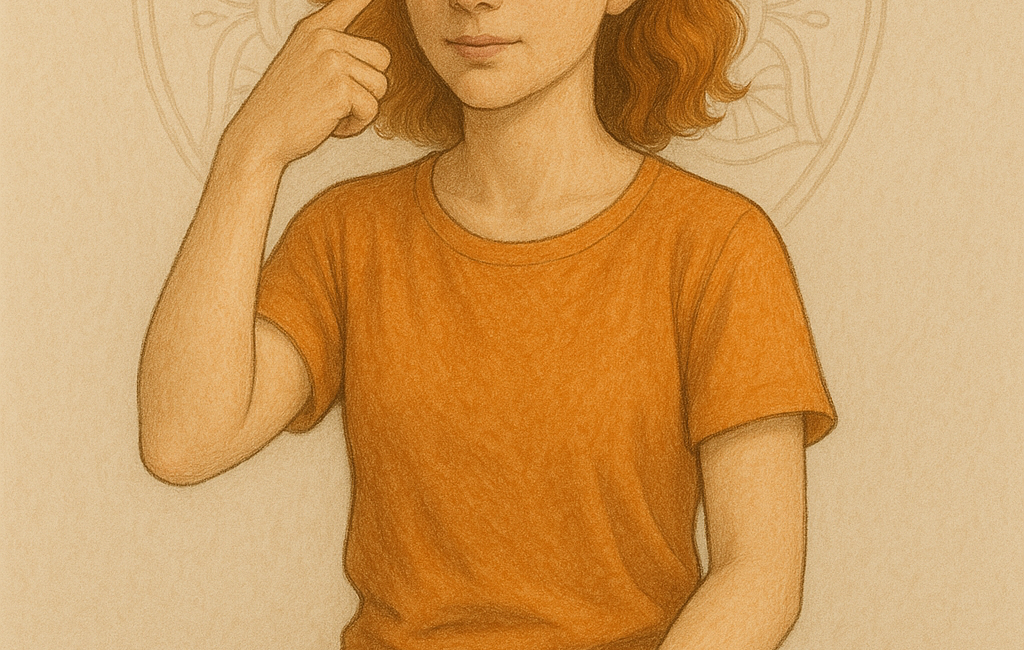When we talk about the balance system, most people think of muscles, the inner ear, or the brain. But through my own experience, I’ve learned that the eyes might actually be the most important part of the equation. In this post, I want to share how my vision changed during my illness, what I experienced during my recovery, and how eye movement exercises became a turning point in rebuilding my balance.
👀 Before My Illness: I Didn’t Care About My Eyes
I used to ignore my eyes completely. My distance vision was a bit blurry, but I didn’t care. I spent hours in front of screens and exposed myself to blue light constantly. Looking back now, I realize these were big mistakes.

⚠️ The Turning Point: When My Vision Collapsed
When I got sick, I noticed that I couldn’t see things up close. Then, within 2–3 days, my distance vision became extremely blurry. I couldn’t see clearly at all. Soon after, I was hospitalized.
To this day, I don’t know exactly what happened that day, I lost consciousness and had no awareness. I experienced what I now know was a full-on ataxic episode.
🌅 The Morning After: Vision in Crisis
The next morning, my eyes were in terrible shape. Especially my left eye; it was trembling and couldn’t stay focused on anything. I couldn’t keep my eyes open for more than a few seconds without pain. Light sensitivity was intense. My eyes constantly burned and watered. I was also experiencing double vision, especially at long distances. Close-up vision was slightly better, but still not normal.For the first 2–3 weeks in the hospital, I could barely open my eyes. Over time, I slowly adapted to light and began keeping my eyes open more regularly. But my vision was still blurry, and trying to focus exhausted me. I often had to shut my eyes just to rest them.
🏥 Early Rehab: First Eye Exercises
After I was discharged, my eyes were a little better, but the pain continued. When I began physical therapy, they introduced some basic eye exercises, like:
- Following A Moving Object With Eyes While Keeping The Head Still
- Moving The Head Side-To-Side While Focusing On A Stationary Object
- Turning the Head Side-To-Side With Eyes Open & Closed
- Look Up and Down While Keeping the Head Still
- Look Left and Right While Keeping the Head Still
- Draw an Infinity Symbol (∞) with Your Eyes
- Make a Circle with Your Index Finger and Follow It with Your Eyes
- Practice Convergence and Divergence
These exercises helped a little. But something still felt off especially in my left eye, where I had a constant inner pain. I remember going to IKEA once, and the lights were so overwhelming that I walked through the store with my eyes closed.
I kept doing the exercises on my own and made some small improvements. But they weren’t enough to restore proper balance. The physiotherapists I had worked with didn’t emphasize vision much. They gave me a few exercises and told me to do them myself. I did, but I now realize they weren’t enough.
For nearly two years, my visual system remained out of sync. My left eye never quite felt right, but I couldn’t pinpoint why.
🔄 The Change: A New Physiotherapist, A New Approach
In January 2025, I started working with a new physiotherapist and everything changed.
She tested my eyes and immediately noticed what I had been sensing for so long:
- My left eye was slower to respond,
- It lagged behind my right eye,
- And my eye muscles were weak.
So, we added eye movement training into my routine alongside the neuro-physiotherapy I was already doing.
🌟 The Results: Better Eyes, Better Balance
Since then, I’ve improved a lot.
- My balance has gotten much better.
- My left eye is now faster and more responsive.
- I still experience slight double vision during divergence exercises, but it has improved significantly.
- My left eye now reacts more quickly and works in better coordination.
🧠 What Eye Exercises Am I Doing Now?
These are the exercises I do 4-5 times a week:
*Saccadic Jumps – Quickly shift gaze between two targets without moving your head.
*Smooth Pursuits – Follow a moving object (pen, ball, laser) in random patterns.
*Near–Far Focus – Switch focus rapidly between a near object (20 cm) and a far target.
*VOR (Gaze Stabilization) – Focus on a fixed target while moving your head side-to-side or up–down at a steady speed.
*VOR Suppression (VORS) – Move your head and the target together, keeping the image stable while both move.
*Infinity Loop Tracking – Follow a sideways “8” pattern with your eyes only.
I recommend starting these while sitting. Once your eyes adjust, you can progress to:
- Standing,
- Feet together,
- Tandem stance,
- Standing on a balance pad,
- Or even sitting on a pilates ball.
This helps your eyes learn to focus and stabilize during body movement.
⚠️ Warnings:
Please start slowly. Do not do more than 3 repetitions of each exercise.
Give break between each reps. You can look far for 20 seconds.
🚶♀️ Eye Movements While Walking
Eye exercises during walking are incredibly important. For example:
- Tracking a moving object while your head stays still,
- Moving your head while keeping your gaze fixed on a still object,
- Practicing convergence and divergence while in motion.
Why does this matter?
Because we constantly look around while walking. It’s part of daily life and ignoring this part of vision training can slow down recovery.
✅ Final Thoughts
Today, I can confidently say: my balance is so much better. And I truly believe I owe a big part of that to my eyes improving. Of course, I work hard on many fronts. But having healthy, well-functioning eyes that can coordinate properly is a huge factor in overall stability.





Comments